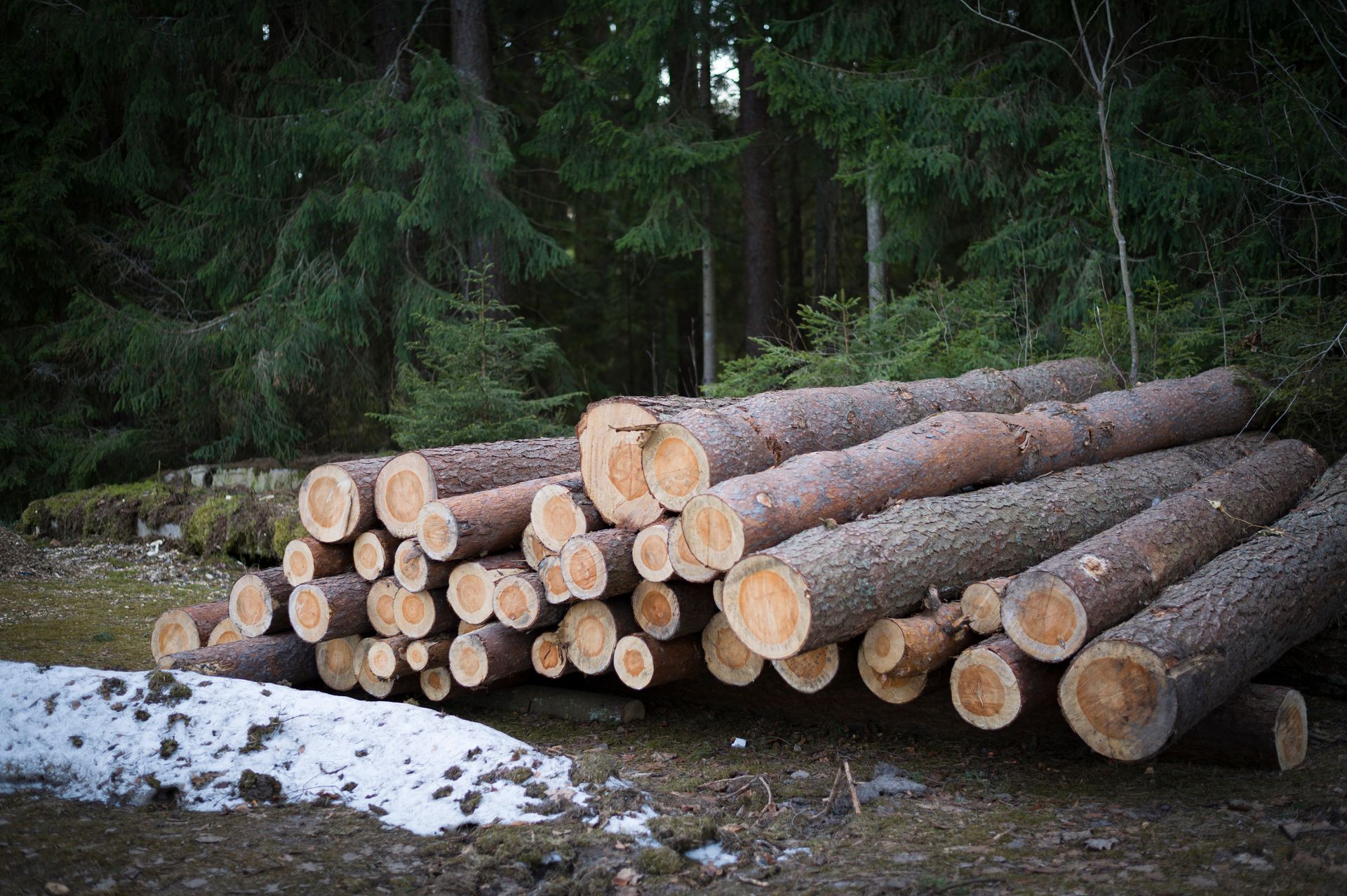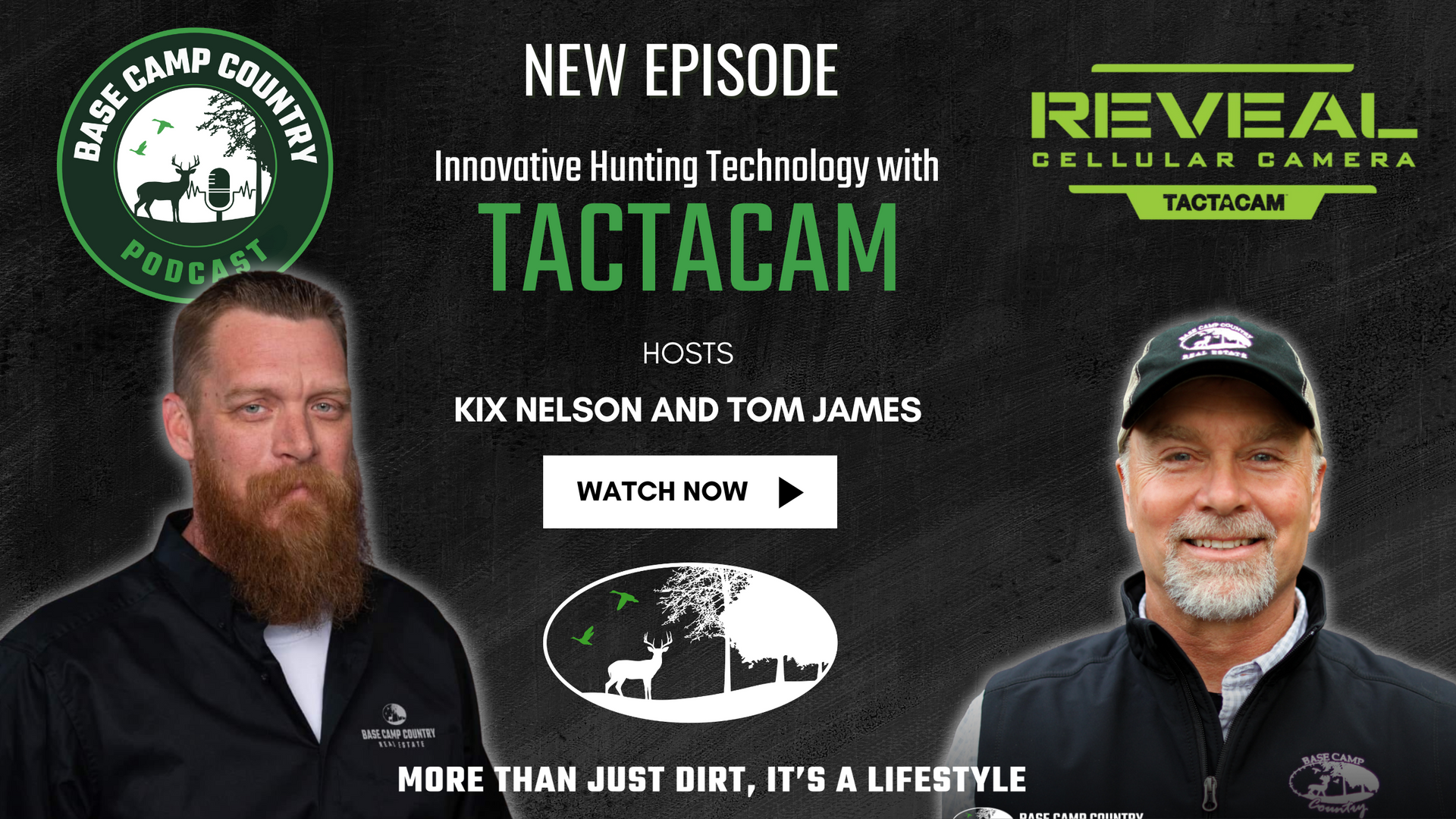What is Timberland?
What is Timberland?

What is Timberland?
When exploring land investments, the term "timberland" often comes up, especially in discussions about forestry and long-term wealth building. But what exactly is timberland, and why is it a popular choice for investors, conservationists, and outdoor enthusiasts? Let’s dive into its definition, uses, and potential benefits.
Defining Timberland
Timberland refers to land specifically used for growing and harvesting trees for commercial purposes, such as producing timber, pulp, and other wood products. These properties are typically covered in forests or tree plantations and are managed to support sustainable forestry practices.
Unlike recreational land or farmland, timberland’s primary purpose is to generate income through the growth and sale of trees. However, it often overlaps with other uses, such as wildlife habitat preservation, hunting, and outdoor activities.
Key Features of Timberland
- Tree Species
- Timberland can include hardwoods (oak, maple, walnut) and softwoods (pine, spruce, fir), depending on the region and market demand.
- Management Plans
- Properly managed timberland follows forestry plans that include planting, thinning, harvesting, and replanting trees to ensure sustainability.
- Soil and Climate
- Productive timberland requires soil and climate conditions suitable for growing healthy, marketable trees.
- Access to Markets
- Proximity to sawmills, paper mills, and timber markets can greatly influence the profitability of timberland.
Uses of Timberland
- Timberland serves a range of purposes, including:
- Timber Production
- The primary use of timberland is growing and harvesting trees for lumber, paper, and other wood-based products.
- Wildlife Habitat
- Forested areas provide habitats for diverse wildlife species, making timberland valuable for conservation efforts.
- Recreation
- Many timberland properties are used for hunting, hiking, and other outdoor activities alongside timber production.
- Carbon Sequestration
- Forests act as carbon sinks, absorbing carbon dioxide and helping combat climate change. This has led to opportunities in carbon credit markets.
Why is Timberland Important?
Timberland is a critical resource for both economic and environmental reasons:
- Renewable Resource
- Timber is a renewable resource when managed sustainably, making it a cornerstone of the global economy.
- Economic Benefits
- Timberland provides jobs and materials for industries like construction, furniture making, and paper production.
- Environmental Protection
- Forests help maintain biodiversity, improve air and water quality, and mitigate climate change through carbon storage.
- Investment Potential
- Timberland is a long-term investment that can generate income through timber sales and land appreciation over time.
Investing in Timberland
Timberland is a unique asset class that combines real estate and agriculture. Here are some reasons why investors consider it:
- Steady Returns
- Trees grow regardless of economic conditions, providing a consistent source of income when harvested.
- Portfolio Diversification
- Timberland offers diversification, as its performance is often uncorrelated with stocks and bonds.
- Land Appreciation
- The value of timberland often increases over time, especially in regions with high demand for wood products.
- Tax Benefits
- Timberland owners may qualify for tax incentives related to conservation and forestry management.
How to Evaluate Timberland
If you’re considering purchasing timberland, here are a few key factors to assess:
- Tree Inventory
- Analyze the types, ages, and health of the trees on the property. Mature timber ready for harvest can provide immediate returns.
- Access and Infrastructure
- Ensure the land has proper access roads and infrastructure for timber harvesting and transport.
- Market Proximity
- Check the distance to nearby mills and timber markets, as transportation costs can impact profitability.
- Management Requirements
- Consider the costs and expertise required to manage the land effectively, including planting, thinning, and pest control.
- Legal and Zoning Regulations
- Verify that the land is zoned for forestry and check for any easements or restrictions that might affect its use.
Conclusion
Timberland is a valuable resource that combines economic opportunity with environmental benefits. Whether you’re a seasoned investor, a conservationist, or someone looking for a sustainable way to grow wealth, timberland offers a unique blend of financial and ecological advantages.
Before diving into a timberland investment, be sure to conduct thorough research or consult with a forestry expert to make the most of this rewarding opportunity.
Would you like me to adjust or expand this article in any way?



